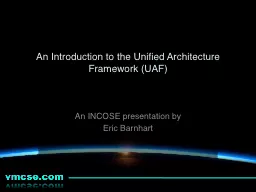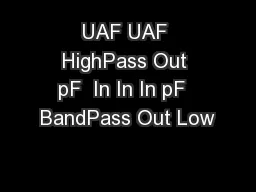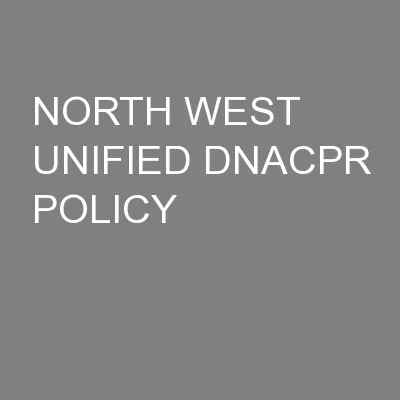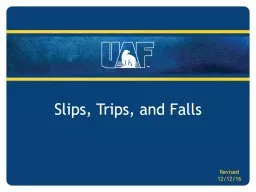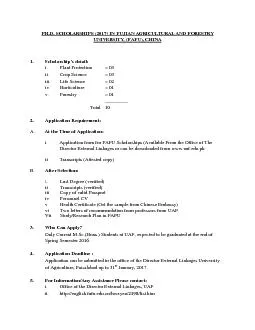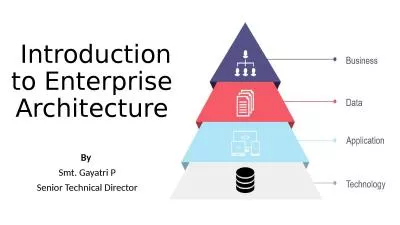PPT-A n Introduction to the Unified Architecture Framework (UAF)
Author : calandra-battersby | Published Date : 2018-02-27
An INCOSE presentation by Eric Barnhart Introduction Have you ever gone to DoDAF class and left more confused than when you went in Now t ry going to a UAF class
Presentation Embed Code
Download Presentation
Download Presentation The PPT/PDF document "A n Introduction to the Unified Archit..." is the property of its rightful owner. Permission is granted to download and print the materials on this website for personal, non-commercial use only, and to display it on your personal computer provided you do not modify the materials and that you retain all copyright notices contained in the materials. By downloading content from our website, you accept the terms of this agreement.
A n Introduction to the Unified Architecture Framework (UAF): Transcript
Download Rules Of Document
"A n Introduction to the Unified Architecture Framework (UAF)"The content belongs to its owner. You may download and print it for personal use, without modification, and keep all copyright notices. By downloading, you agree to these terms.
Related Documents

